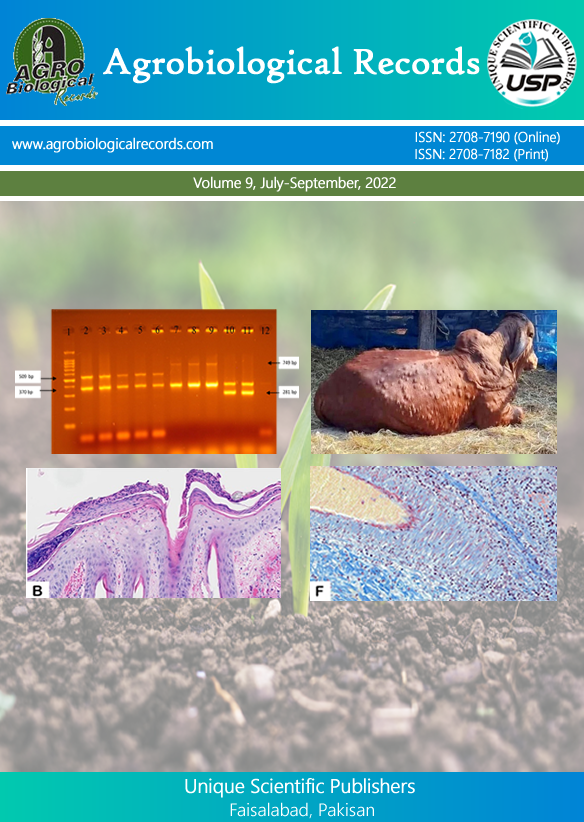
Muhammad Umair , Sidra Altaf *, Humaira Muzaffar , Arsalan Iftikhar , Ashiq Ali , Nayab Batool , Tasawar Iqbal and Saif-ur-Rehman Babar
Institute of Physiology and Pharmacology, University of Agriculture, Faisalabad, Pakistan
*Corresponding author: sidra.altaf@uaf.edu.pk
The aim of this study is to elaborate the synthesis of silver(AgNPs) and iron oxide nanoparticles (Fe2O3NPs) via green nanotechnology by Elwendia persicum seed extracted and analyzed their antibacterial activity against Staphylococcus aureus. E. persicum is non-toxic and less expensive, having good antibacterial activity. Multi-drug resistance is a growing problem in treating bacteria such as Staphylococcus aureus. There is an urgent need to develop alternative, cost-effective, non-toxic and efficient antimicrobial agents to overcome antimicrobial resistance. Advances in nanotechnology allow the synthesis of green nanoparticles, which can be prepared for controlling bacterial growth. The evolution of antibiotics, which are mostly useful against bacteria and drug-resistant microorganisms. For this purpose, the development of green NPs (silver and iron oxide) has been planned with the objective of evaluating the antibacterial effect of green silver and iron oxide nanoparticles on Staphylococcus aureus. The formation of nanoparticles was confirmed by visual detection by a change in the color of the solution. The characterization of these nanoparticles was done by zeta sizer, zeta potential, UV-Visible spectrometry, FTIR, and scanning electron microscopy to determine the precise formation of silver and iron oxide nanoparticles. The antimicrobial mechanism was fined by the well diffusion method. The results confirmed that synthesized silver and iron oxide nanoparticles have good antibacterial activity against Staphylococcus aureus.